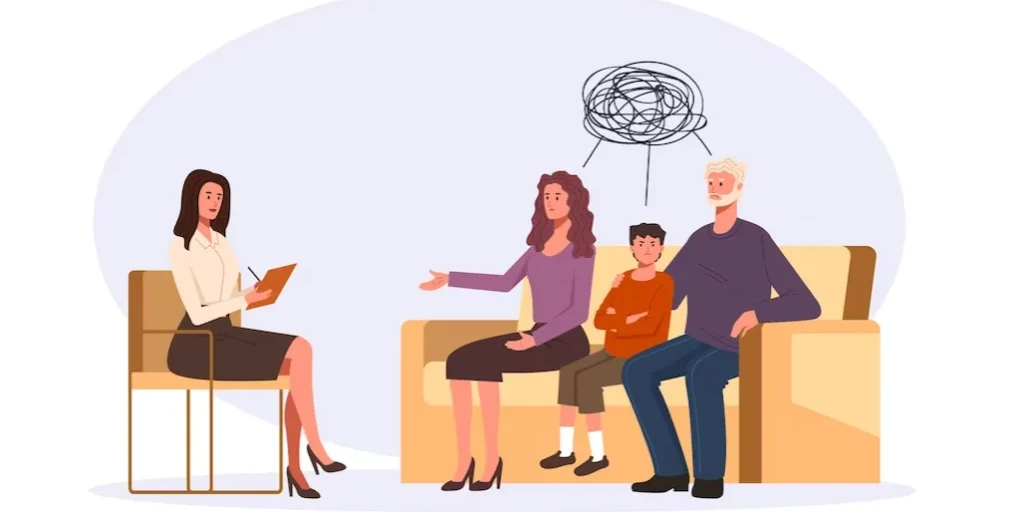24/7 Helpline:
(866) 899-221924/7 Helpline:
(866) 899-2219
Learn more about Ritalin Rehab centers in Austin
Ritalin Rehab in Other Cities

Other Insurance Options

Highmark

Sliding scale payment assistance

State Farm

WellPoint

Choice Care Network

Health Choice

UMR

Providence

GEHA

American Behavioral

Excellus

BlueCross

Absolute Total Care

BHS | Behavioral Health Systems

WellCare Health Plans

MVP Healthcare

Evernorth

Cigna

Amerigroup
Beacon















